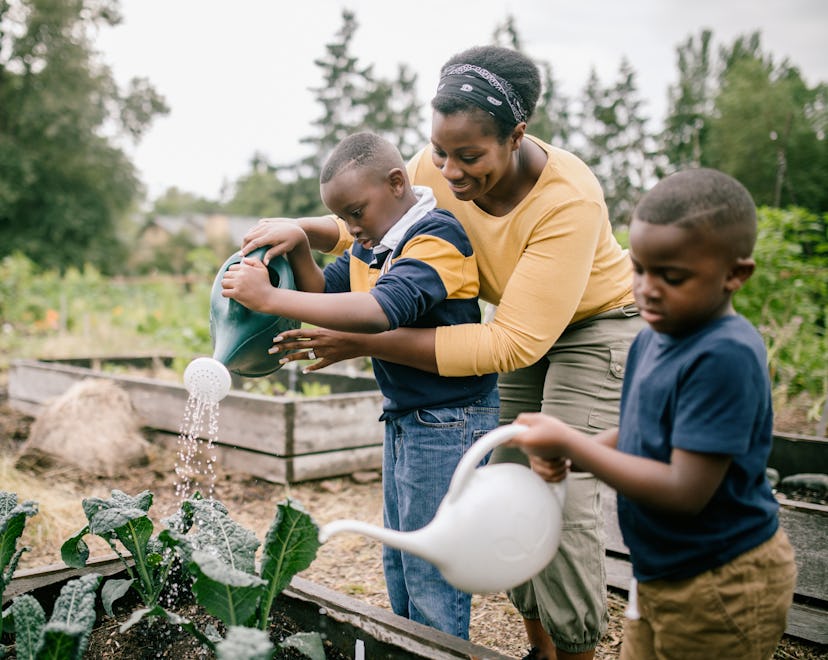It's Fall, Y'all

10 Fall Vegetables To Grow At Home
Hearty soups and seasonal salads await.
Yana Tatevosian / 500px/500Px Plus/Getty Images
As the weather gets crisp and so do the leaves, you might feel more like spending time outdoors. If you want fresh produce for seasonal recipes, now is a great time to plant your fall garden. These fall vegetables should sprout with ease this time of year and into next spring.
Dmytro Gilitukha / 500px/500Px Plus/Getty Images
Broccoli packs a nutritious punch when added to any recipe, like sheet pan roasted veggies. You should plant broccoli 10 to 12 weeks before your region usually gets its first winter frost. They’re ready to harvest when the broccoli heads measure 4 to 8 inches across.
Like onions, garlic is a flavor lover’s best friend (and roasted in oil, it becomes spreadable and somehow even more delicious). Planting a clove will yield you a new head of garlic in eight to nine months, so it’s something to add to your garden ASAP to get it growing.
Leeks are the often overlooked — but always delicious — fall vegetable you need in your garden. You can plant them in the fall and, as winter weather approaches, mound up the soil around the plants and cover them with mulch. This allows them to keep growing through springtime.